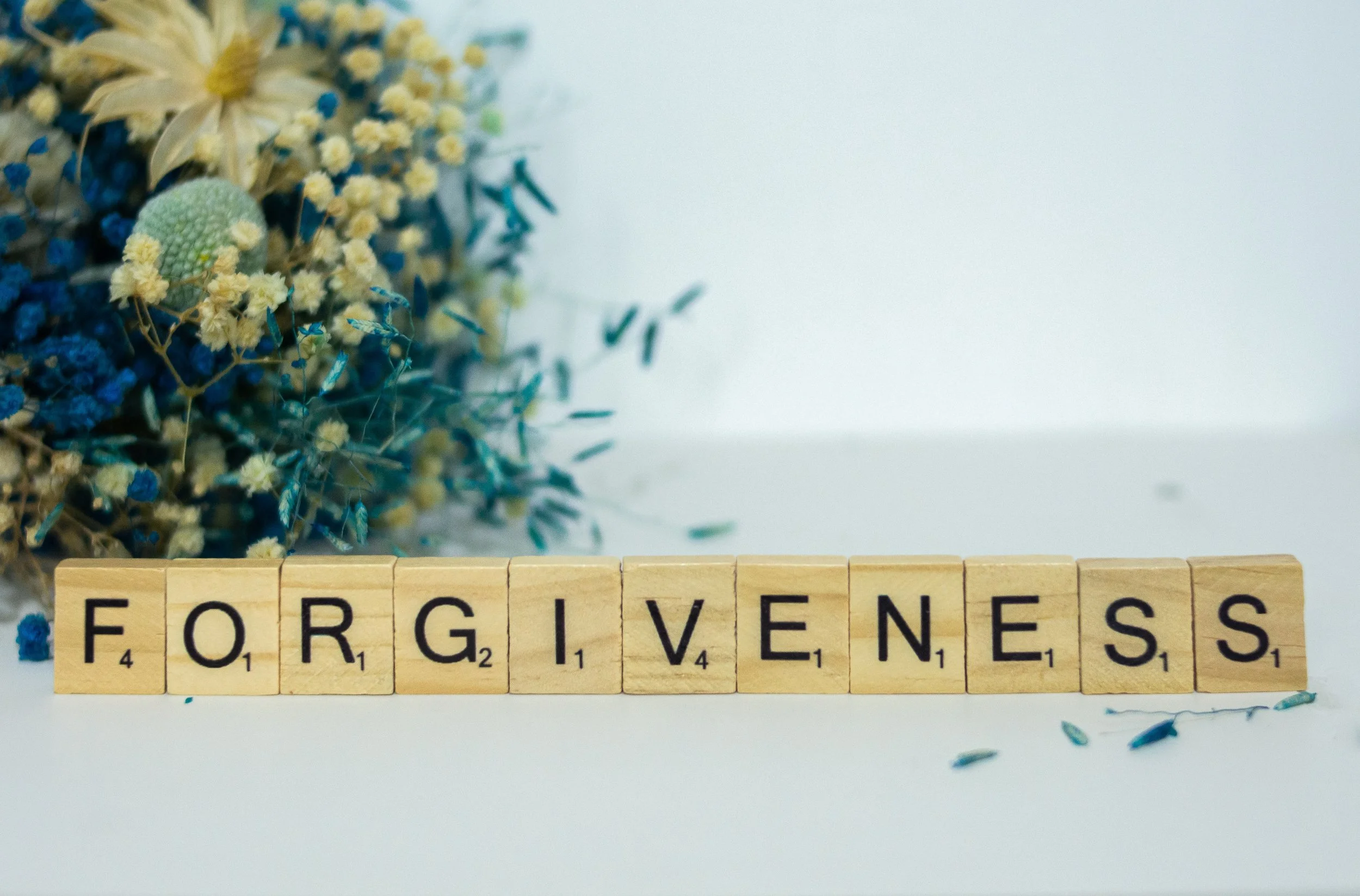Forgiveness: How to apologise to others and ourself.
Should I apologize or let it go?
People make mistakes and we might hurt someone, ourself, without meaning to, by saying or doing something having damaging repercussions physically, emotionally, morally, mentally or spiritually. When you realise you've been inconsiderate, have broken someone's trust or hurt one’ self-esteem with your words or actions, it's a good idea to apologise.
However, there are times when you should not apologise, even if the other person believes so; Sometimes expressing remorse has healing power, yet there are instances where silence may speak louder. Use contrast and discernment to explain your actions when you have been misunderstood.
Apologising & forgiving purge your karma. Recognising the impact of our mistakes on other people and ourselves is crucial to embrace harmony, maturity and peace. We are all learning timeless life lessons and doing our best to process them: Experiencing both joy and hardships on this spiritual journey are life altering moments. Sincere communication, apology & forgiveness are fruitful ways to let go of grudges and shift your energy.
Why is it hard to apologise?
Most people actually do want to have great relationship, yet the desire for inner peace clashes with the ego: Barriers of shame and guilt . Outdated coping mechanisms hinder the liberation of the emotions necessary for self-acceptance. Fear of being judged, misunderstood or reluctance to take responsibility ( response-ability) may further impede the vulnerable act of admitting our mistakes.
What is the best way to apologize?
Don't rush into it: What matters is the sincerity. Communicate when you've genuinely understood the consequences of your actions and impact on another person. Cultural empathy means understanding and respecting the culture of the person you are apologising to with sensitivity and awareness to enhance the message and impact of the excuses presented.
Accept responsibility: The most important part of a good apology,It is normal to feel shame or guilt temporarily as you express your mistakes. Just remember clearing the air is always easier than letting your relation or situation suffocate by lack of clarity, empathy and aknowledgement.
Say what it is that you're apologising for: Show you understand the consequences on them, followed by an explanation of what happened.
Commitment to change: Say what you are doing or changing so it doesn’t happen again. What you have understood motivating you to actively change behaviour.
Clarify: Highlighting the root issues or what provoked the hurt, if appropriated might help the person you’ve hurt to understand that your mistakes impacted them yet was not intended to consciously hurt them.
Make amends or offer reparations: Explain how you intend to make it right will add substance to your apology: "I'm going to pay for the dry cleaning.’
Let people their time and space: Sometimes it takes more than words to heal the pain, allowing people the space they need to accept or process your apology is necessary and part of the apology process.
Listen: If they decide to reply to you, they might need to express to you how you hurt them or clarify why this is important for them.
Receive their honest reactions: Even if an apology is the best gift, people might be triggered, still hurt or not willing to engage. Respect must be given even if you don’t receive the expected reactions to your excuses.
How to apologize?
In person or face-to-face: The expression on our face can showcase our sincerity and genuine remorse, helping the person in front of th see what we mean.
Write a letter: It is not always possible to apologise in person. Writing a letter to someone can be a very thoughtful way for you to express remorse with as much details as you feel appropriated to share, how sorry you are. Writing an apology letter can be healing for the person receiving the letter, and also yourself as you choose the words composing your message, allowing time and space needed to understand and process the situation.
What not to say or do when apologizing?
Gaslighting: A gaslight apology is an apology given that often appears sincere but the person is actually deflecting responsibility for what they have caused. They might apologise to make themselves out in a victim position or to repair the damage that's been done to their image.
Passive-aggressive apologies are also insincere and intend to make the recipient feel badly or guilt-tripping. You should give your apology not force it on someone.
Transactional : “I apologized now, so it's your turn.” Esxuses should not be used as leverage.
Backhanded apology; Nonpology, or fauxpology, do not express remorse for what was done or said, instead they assign fault to the one meant to receive the apology.
Some people will apologise and unfortunately reproduce the same behaviour; On the opposite some people will never issue an apology yet will not make the same mistake. What is important are your intentions, so as long as you intend to change behaviour when apologising, it is ok if the other person is cautious as they have been hurt and might need time to decide if to trust you again. Let your actions convince them than you are sorry , adding a layer of clarity to the direction of your words and by showing you sincerely mean what you say.



